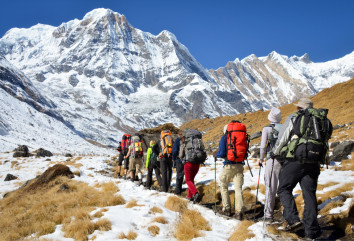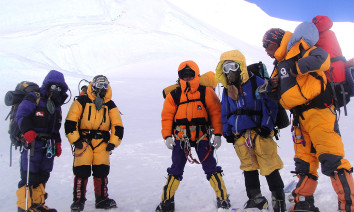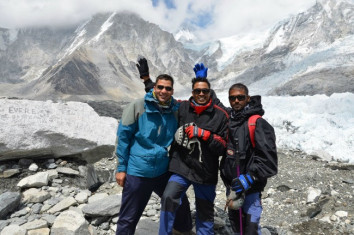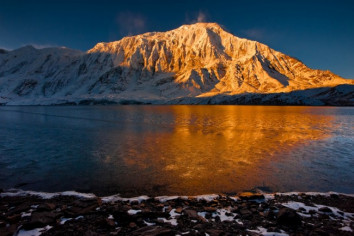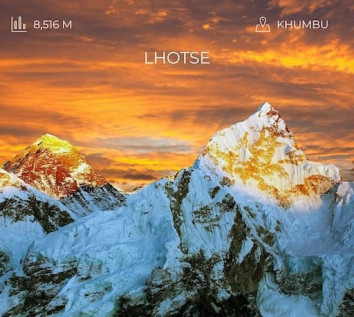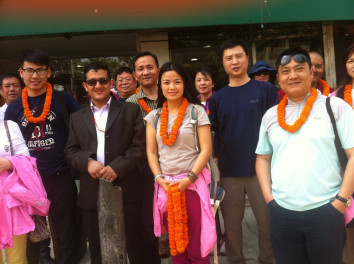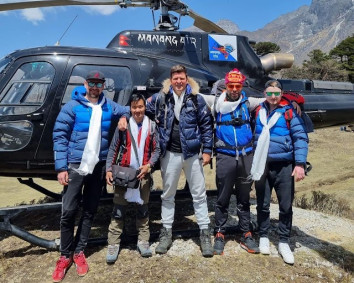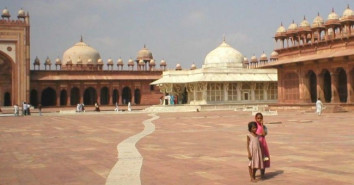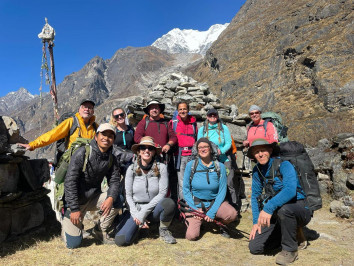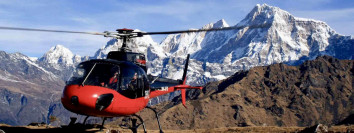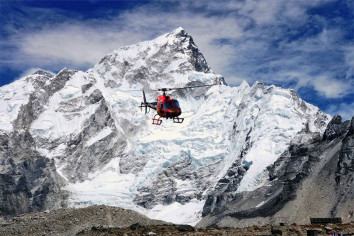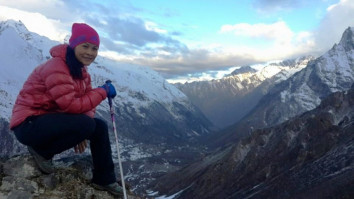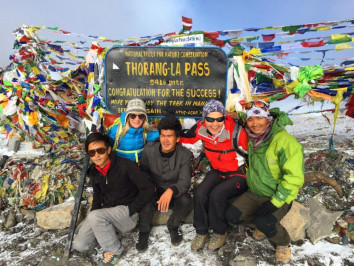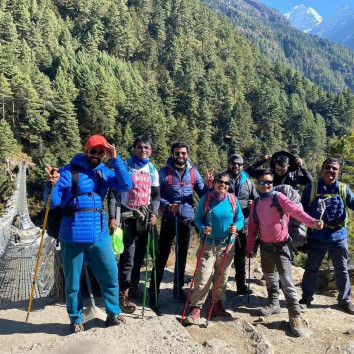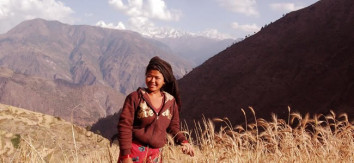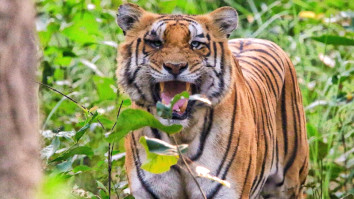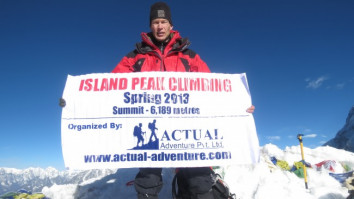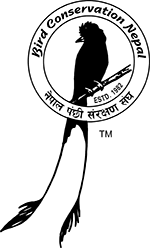19th Nov, 2023
A Journey to the Peaks Above 8000m
Introduction:
Embarking on a journey to the peaks that pierce the sky at altitudes above 8000 meters is a feat reserved for the bold, the adventurous, and the relentless. These towering giants, scattered across the globe, stand as testaments to the indomitable spirit of human exploration and perseverance. In this blog, we delve into the allure of the world's highest peaks and the extraordinary experiences offered by trekking and expedition companies that specialize in these awe-inspiring adventures.
Table of Contents
'The Majesty of 8000m Peaks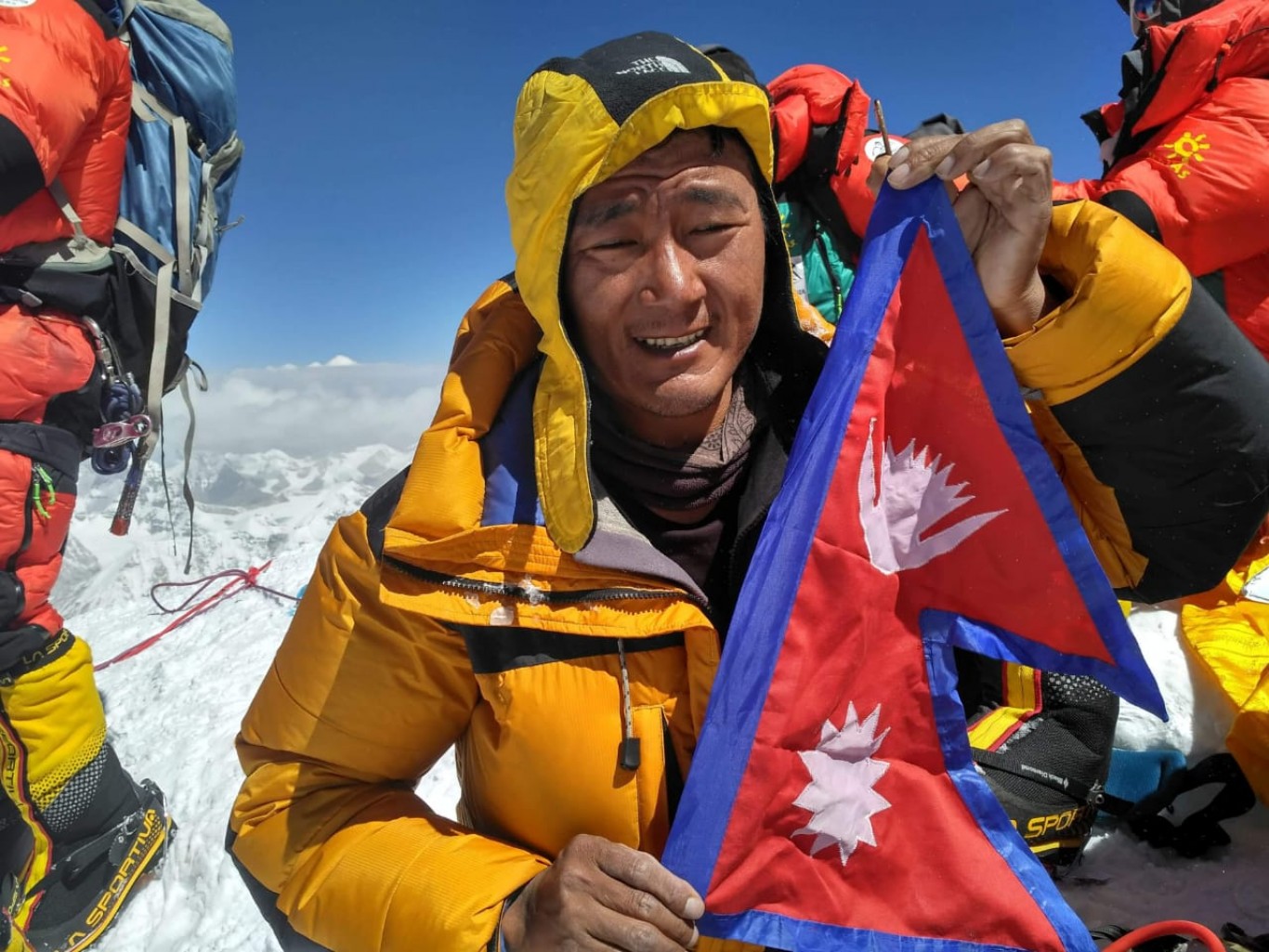
The Himalayas, the Karakoram Range, and the other mountainous regions boast an array of 8000m peaks, each with its own unique charm and challenge. From the iconic Mount Everest, the tallest of them all, to the formidable K2 and the majestic Kangchenjunga, these peaks beckon intrepid adventurers to conquer their summits and bask in the glory of standing on the roof of the world.
Trekking and Expedition Companies: Guiding You to New Heights
Embarking on an expedition to an 8000m peak requires meticulous planning, expert guidance, and unwavering support.Actual Adventure play a pivotal role in transforming these dreams into reality. These companies specialize in crafting itineraries that cater to both novice trekkers and seasoned mountaineers, ensuring a safe and exhilarating experience.
Expert Guides: The Backbone of Every Expedition
The heart of any successful ascent lies in the expertise of the guides. Trekking and expedition companies enlist seasoned mountaineers and experienced guides who intimately know the terrain, understand the nuances of high-altitude trekking, and prioritize safety above all else. These guides not only lead the way but also impart invaluable knowledge about the region, culture, and the challenges that lie ahead.
Comprehensive Itineraries: From Base Camp to Summit
A well-designed itinerary is the key to a successful expedition. Trekking companies meticulously plan each stage of the journey, accounting for acclimatization, rest days, and the ever-changing mountain conditions. The itinerary typically includes base camp acclimatization, multiple high-altitude camps, and the final push to the summit, ensuring trekkers are physically and mentally prepared for the challenges ahead.
Safety Measures: Mitigating Risks in the High Himalayas
Safety is paramount in high-altitude trekking, and reputable trekking and expedition companies spare no effort in implementing stringent safety measures. From medical support at base camps to emergency evacuation plans, these companies prioritize the well-being of trekkers. Additionally, they equip their teams with state-of-the-art gear and technology to navigate the unpredictable mountain environment.
Cultural Immersion: Beyond the Summit
Trekking in the shadow of 8000m peaks is not just about reaching the summit; it's also about immersing oneself in the rich culture and traditions of the local communities. Trekking and expedition companies often incorporate cultural experiences into their itineraries, allowing trekkers to connect with the people who call these formidable landscapes home.
Conclusion: Embarking on a trek to an 8000m peak is a life-altering adventure that pushes the limits of human endurance and resilience. With the support of seasoned guides, comprehensive itineraries, and a commitment to safety, trekking and expedition companies pave the way for enthusiasts to conquer the world's highest peaks. As you contemplate your next great adventure, consider the unparalleled experience of standing atop an 8000m summit, where the air is thin, the views are breathtaking, and the sense of accomplishment is truly unparalleled.
List of Peaks Above 8000m
here is a list of the 14 mountains with peaks above 8000 meters, often referred to as the "Eight-thousanders." Please note that mountain heights can vary slightly due to updated measurements and other factors.
Peaks Above 8000m
Mountains with Peaks Above 8000m
- Mount Everest - 8,848.86 meters / 29,031.7 feet (Nepal/China)
- K2 (Mount Godwin-Austen) - 8,611 meters / 28,251 feet (Pakistan/China)
- Kangchenjunga - 8,586 meters / 28,169 feet (India/Nepal)
- Lhotse - 8,516 meters / 27,940 feet (Nepal/China)
- Makalu - 8,485 meters / 27,838 feet (Nepal/China)
- Cho Oyu - 8,188 meters / 26,864 feet (Nepal/China)
- Dhaulagiri I - 8,167 meters / 26,795 feet (Nepal)
- Manaslu - 8,163 meters / 26,781 feet (Nepal)
- Nanga Parbat - 8,126 meters / 26,660 feet (Pakistan)
- Annapurna I - 8,091 meters / 26,545 feet (Nepal)
- Gasherbrum I (Hidden Peak) - 8,080 meters / 26,509 feet (Pakistan/China)
- Broad Peak - 8,051 meters / 26,414 feet (Pakistan/China)
- Gasherbrum II - 8,035 meters / 26,362 feet (Pakistan/China)
- Shishapangma - 8,027 meters / 26,335 feet (China)
8,000 meter peaks by difficulty
The 8,000-meter peaks are a group of 14 mountain peaks around the world that exceed 8,000 meters (26,247 feet) in elevation above sea level. Climbing these peaks is a significant challenge due to the extreme altitudes and harsh conditions. The difficulty of climbing these peaks can vary based on factors such as technical difficulty, weather conditions, and route challenges. Here's a general list of the 8,000-meter peaks ranked by difficulty:
| Mountain | Location | Height | First Person to Summit (& Nationality) | Date | |
|---|---|---|---|---|---|
| Meters | Feet | ||||
| 1. Everest1 | Nepal/Tibet | 8,850 | 29,035 | Edmund Hillary (New Zealander, UK), Tenzing Norgay (Nepalese) | May 29, 1953 |
| 2. K2 (Godwin Austen) | Pakistan/China | 8,611 | 28,250 | A. Compagnoni, L. Lacedelli (Italian) | July 31, 1954 |
| 3. Kangchenjunga | Nepal/India | 8,586 | 28,169 | G. Band, J. Brown, N. Hardie, S. Streather (UK) | May 25, 1955 |
| 4. Lhotse | Nepal/Tibet | 8,516 | 27,940 | F. Luchsinger, E. Reiss (Swiss) | May 18, 1956 |
| 5. Makalu | Nepal/Tibet | 8,463 | 27,766 | J. Couzy, L. Terray, J. Franco, G. Magnone-Gialtsen, J. Bouier, S. Coupé, P. Leroux, A. Vialatte (French) | May 15, 1955 |
| 6. Cho Oyu | Nepal/Tibet | 8,201 | 26,906 | H. Tichy, S. Jöchler (Austrian), Pasang Dawa Lama (Nepalese) | Oct. 19, 1954 |
| 7. Dhaulagiri | Nepal | 8,167 | 26,795 | A. Schelbert, E. Forrer, K. Diemberger, P. Diener (Swiss), Nyima Dorji, Nawang Dorji (Nepalese) | May 13, 1960 |
| 8. Manaslu | Nepal | 8,163 | 26,781 | T. Imamishi, K. Kato, M. Higeta, (Japanese) G. Norbu (Nepalese) | May 9, 1956 |
| 9. Nanga Parbat | Pakistan | 8,125 | 26,660 | Hermann Buhl (Austrian) | July 3, 1953 |
| 10. Annapurna I | Nepal | 8,091 | 26,545 | M. Herzog, L. Lachenal (French) | June 3, 1950 |
| 11. Gasherbrum I | Pakistan/China | 8,068 | 26,470 | P. K. Schoeing, A. J. Kauffman | July 4, 1958 |
| 12. Broad Peak | Pakistan/China | 8,047 | 26,400 | M. Schmuck, F. Wintersteller, K. Diemberger, H. Buhl (Austrian) | June 9, 1957 |
| 13. Gasherbrum II | Pakistan/China | 8,035 | 26,360 | F. Moravec, S. Larch, H. Willenpart (Austrian) | July 7, 1956 |
| 14. Shishapangma | Tibet | 8,013 | 26,289 | Hsu Ching and team of 9 (Chinese) | May 2, 1964 |
Annapurna (8,091 meters / 26,545 feet):
Considered one of the most challenging due to its high fatality rate and avalanche-prone slopes.
K2 (8,611 meters / 28,251 feet):
Often considered the most difficult 8,000-meter peak due to its steep and technical climbing, unpredictable weather, and high fatality rate.
Nanga Parbat (8,126 meters / 26,660 feet):
Known for its challenging climbing conditions, especially on the Diamir Face.
Kangchenjunga (8,586 meters / 28,169 feet):
The third-highest peak and known for its complex terrain and avalanche danger.
Dhaulagiri (8,167 meters / 26,795 feet):
Technically challenging with a high risk of avalanches.
Makalu (8,485 meters / 27,838 feet):
Steep and technical climbing with challenging weather conditions.
Manaslu (8,163 meters / 26,781 feet):
Features complex terrain and is prone to avalanches.
Lhotse (8,516 meters / 27,940 feet):
Shares a route with Everest, but the Lhotse Face is steep and challenging.
Broad Peak (8,051 meters / 26,414 feet):
Despite its name, it has a broad summit, but the climbing is demanding.
Cho Oyu (8,188 meters / 26,864 feet):
Considered one of the more achievable 8,000-meter peaks, but still challenging.
Shishapangma (8,027 meters / 26,335 feet):
The only 8,000-meter peak entirely in Tibet; has a less technical route but still challenging.
Gasherbrum II (8,035 meters / 26,362 feet)
Generally considered less difficult than its neighbor, Gasherbrum I, but still challenging.
Gasherbrum I (8,080 meters / 26,509 feet): Features a technically demanding climb, especially the final section.
Everest (8,848 meters / 29,029 feet):
The highest peak and the most famous, but its standard route is less technically challenging compared to other 8,000-meter peaks.
It's important to note that conditions on these mountains can vary, and climbers face different challenges each season. Climbing any 8,000-meter peak is a serious undertaking that requires advanced mountaineering skills, experience, and careful planning
Which of the 14 Peaks is the Easiest?
Cho Oyu stands as the sixth highest mountain globally and is acknowledged as the least challenging among the fourteen 8,000-meter peaks. Despite the demanding nature of high-altitude ascents, climbers must possess a high level of fitness. Nevertheless, Cho Oyu serves as an ideal peak for those seeking to acclimate to the thin air at 8,000 meters for the first time.
Easiest and Cheapest 8000m Peak to Climb in Nepal
Among the 8,000-meter peaks in Nepal, Cho Oyu is often considered one of the more accessible and relatively less challenging options. While it's important to note that climbing any 8,000-meter peak is a serious undertaking and requires advanced mountaineering skills and experience, Cho Oyu is sometimes viewed as more manageable compared to some of the other peaks.
As for cost, expedition expenses for climbing an 8,000-meter peak can vary widely based on several factors, including the guiding company, the services provided, the route chosen, and the amenities offered. In general, Cho Oyu might be relatively less expensive than some of the other 8,000-meter peaks.
It's crucial to thoroughly research and choose a reputable guiding company with experienced guides and a good track record for safety. Climbers should also be prepared for the physical and mental challenges associated with high-altitude mountaineering.
Keep in mind that the information on expedition costs and climbing conditions can change, so it's advisable to check with reliable sources or contact climbing agencies for the most up-to-date and accurate information when planning an ascent of
Among the 8,000-meter peaks in Nepal, Cho Oyu is often considered one of the more accessible and relatively less challenging options. While it's important to note that climbing any 8,000-meter peak is a serious undertaking and requires advanced mountaineering skills and experience, Cho Oyu is sometimes viewed as more manageable compared to some of the other peaks.
As for cost, expedition expenses for climbing an 8,000-meter peak can vary widely based on several factors, including the guiding company, the services provided, the route chosen, and the amenities offered. In general, Cho Oyu might be relatively less expensive than some of the other 8,000-meter peaks.
It's crucial to thoroughly research and choose a reputable guiding company with experienced guides and a good track record for safety. Climbers should also be prepared for the physical and mental challenges associated with high-altitude mountaineering.
Keep in mind that the information on expedition costs and climbing conditions can change, so it's advisable to check with reliable sources or contact climbing agencies for the most up-to-date and accurate information when planning an ascent of Cho Oyu or any other 8,000-meter peak.
Which is the shortest peak in 8000?
Among the 14 peaks that are 8,000 meters or higher in elevation, Shishapangma is often considered the shortest. Shishapangma is the 14th highest mountain globally and is located entirely within Tibet. Its main summit, Shishapangma Central, stands at an elevation of 8,027 meters (26,335 feet). While it is the lowest among the 8,000-meter peaks, it still presents significant challenges to climbers due to its high altitude and demanding conditions.
FAQs - 8000m Peaks in Nepal
Frequently Asked Questions
How many 8000m peaks are there in Nepal?
There are a total of 14 peaks above 8000 meters in Nepal.
How many peaks are above 8000m?
Nepal has 8 of the 14 highest peaks in the world, each exceeding 8000 meters.
What is the best first 8000 meter peak?
The choice of the best first 8000m peak depends on various factors, including climbing experience and personal preferences. Consult with experienced climbers or guides for personalized recommendations.
What is the most accessible 8000m peak?
Among the 8000m peaks in Nepal, Cho Oyu is often considered one of the more accessible ones for climbers.
Which peak is known as Nepal peak?
Mt. Manaslu is often referred to as the "Nepal Peak."
What is the highest peak of Nepal?
Mt. Everest, standing at 8,848 meters (29,029 feet), is the highest peak in Nepal and the world.
How long can you stay above 8000m?
The duration one can stay above 8000m is limited due to the extreme conditions and high risk of altitude sickness. Climbers typically spend a short time at these altitudes, acclimatizing carefully and descending as soon as possible.
Has a woman climbed all the 8000m peaks?
Yes, several women have achieved the feat of climbing all 14 of the 8000m peaks. Notable climbers include Gerlinde Kaltenbrunner and Nives Meroi.
What are the 3 highest peaks in the world?
The three highest peaks in the world are Mt. Everest, K2, and Kangchenjunga.
Recent Posts
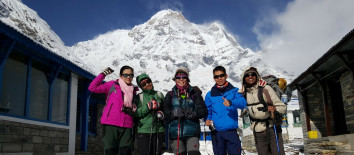
23rd Jan, 2017
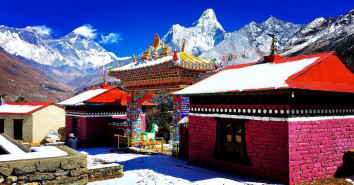
12th Jan, 2014
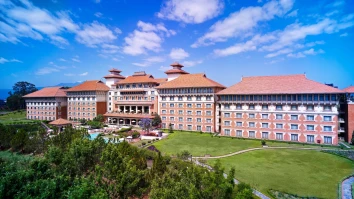
24th Apr, 2017
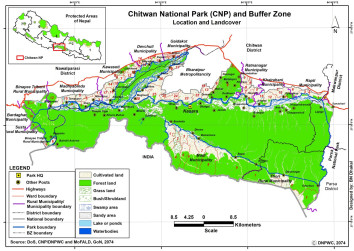
3rd Apr, 2014

3rd Jun, 2017
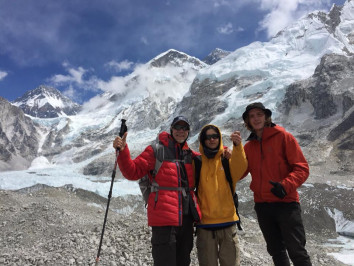
20th Jan, 2017
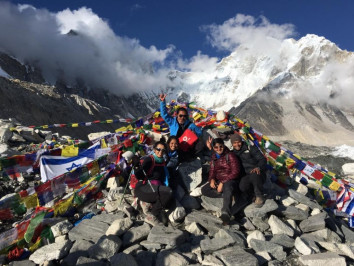
16th Jan, 2017
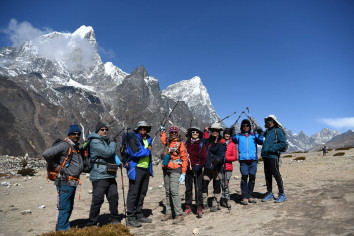
12th Jul, 2015

9th Apr, 2019
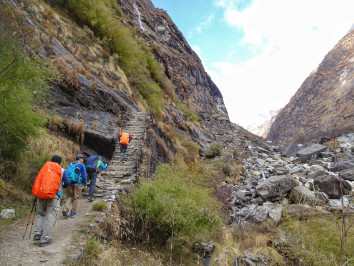
9th Jan, 2014
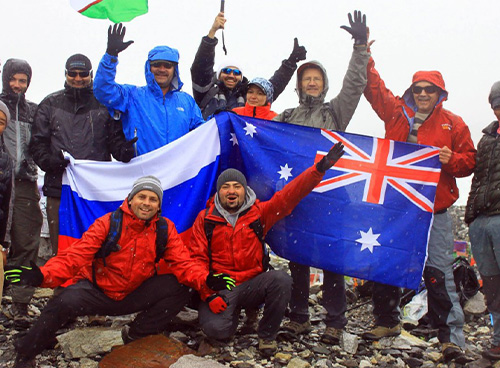
4th Apr, 2019

2nd Jan, 2014

2nd Apr, 2019

2nd Jan, 2014
-1.jpg)
30th Jan, 2017
-1.jpg)
4th Oct, 2018

16th Oct, 2018
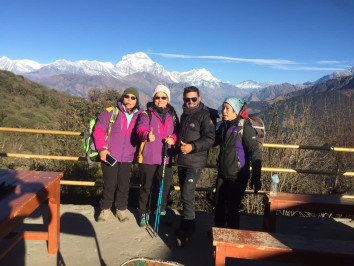
9th Oct, 2018
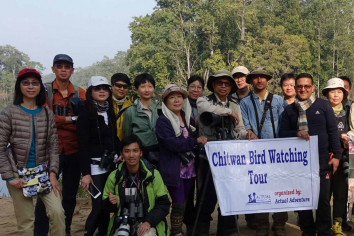
24th Jan, 2016
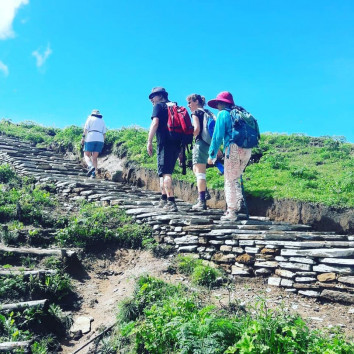
4th Oct, 2018
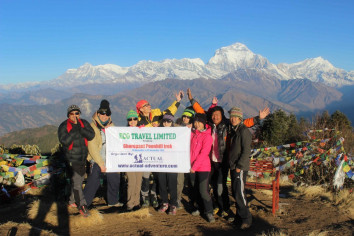
24th Aug, 2022

8th Sep, 2022

15th Sep, 2022
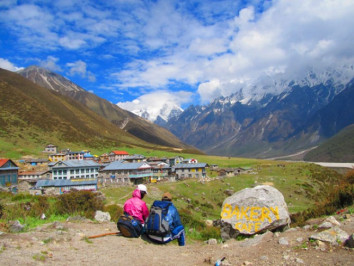
3rd Mar, 2023
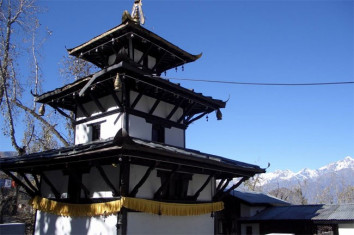
7th Mar, 2023
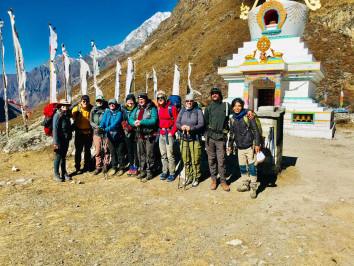
27th Mar, 2023

5th Apr, 2023

12th Apr, 2023
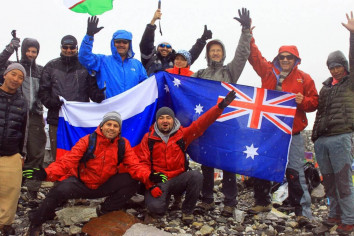
21st Apr, 2023
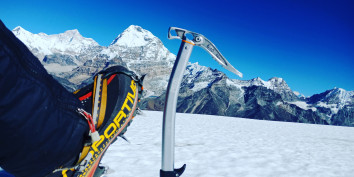
24th Apr, 2023
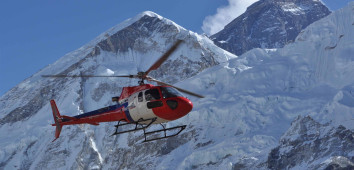
27th Apr, 2023
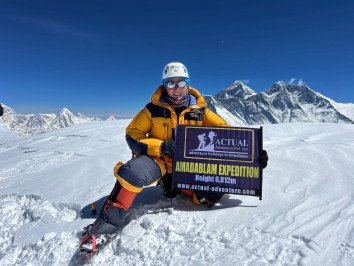
1st May, 2023
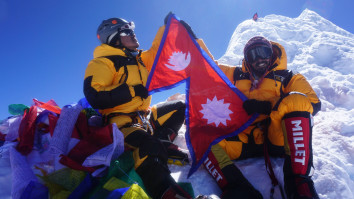
1st May, 2023
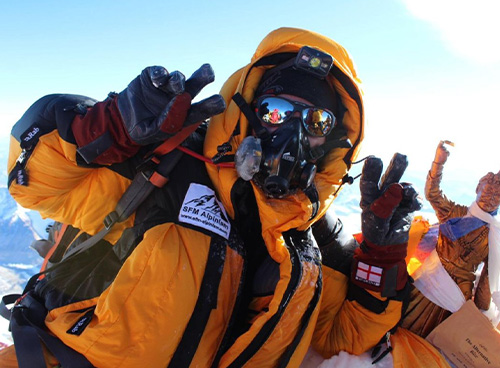
3rd May, 2023
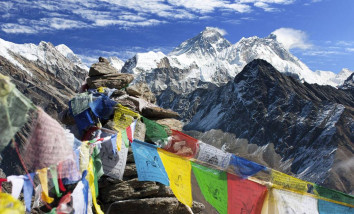
18th May, 2023

19th May, 2023
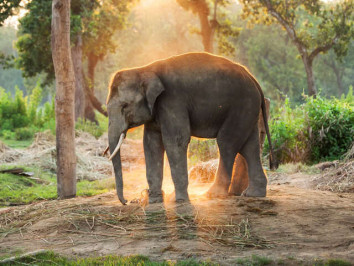
16th Jul, 2023

16th Jul, 2023
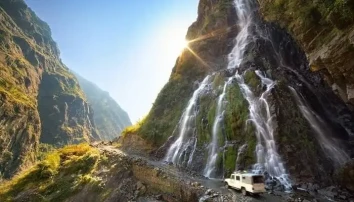
16th Jul, 2023
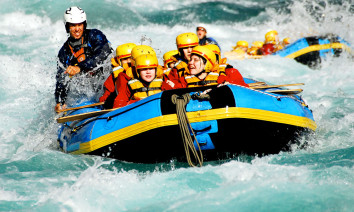
16th Jul, 2023
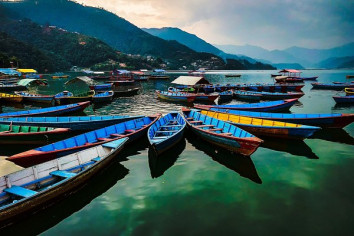
17th Jul, 2023

17th Jul, 2023

17th Jul, 2023

17th Jul, 2023

17th Jul, 2023
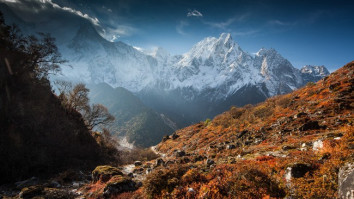
17th Jul, 2023

17th Jul, 2023

20th Jul, 2023
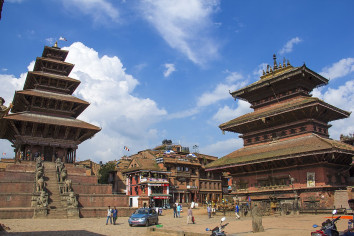
21st Jul, 2023

27th Jul, 2023
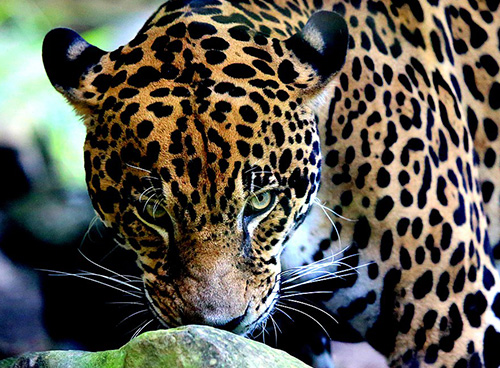
30th Jul, 2023
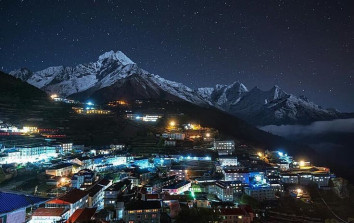
30th Jul, 2023
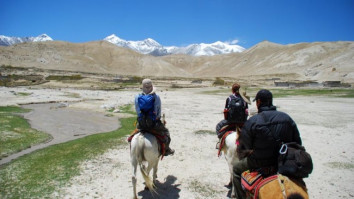
21st Aug, 2023

22nd Aug, 2023
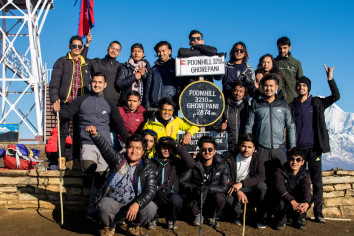
28th Aug, 2023
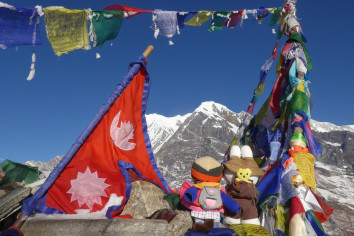
6th Oct, 2023

5th Nov, 2023

7th Nov, 2023

19th Nov, 2023
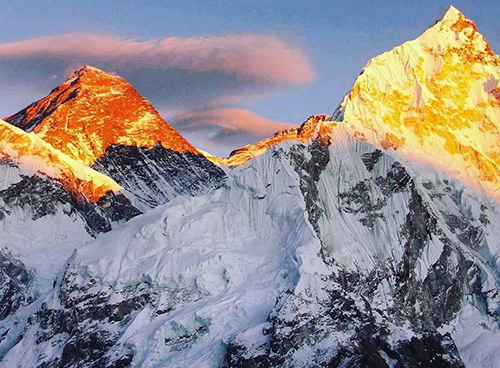
25th Nov, 2023

1st Dec, 2023
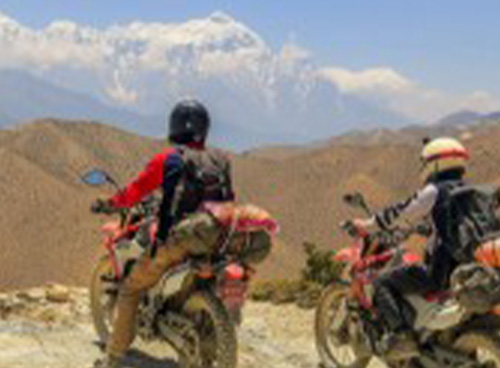
3rd Dec, 2023

13th Dec, 2023
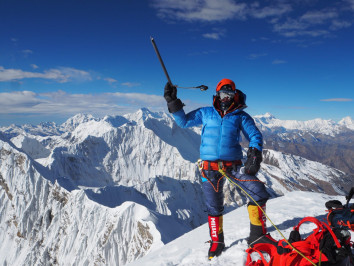
13th Dec, 2023

13th Dec, 2023

21st Dec, 2023
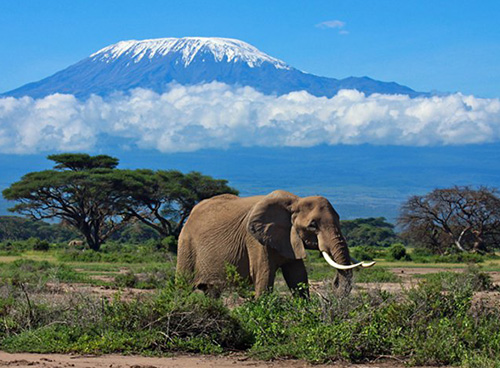
21st Dec, 2023
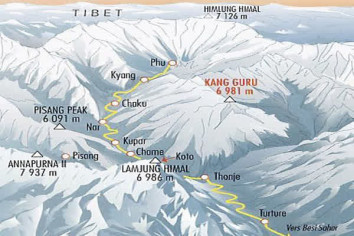
23rd Dec, 2023
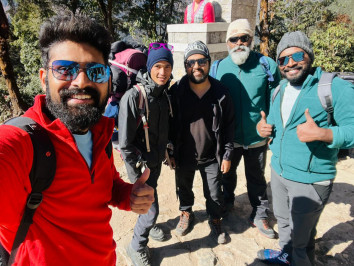
25th Dec, 2023

25th Dec, 2023

31st Dec, 2023
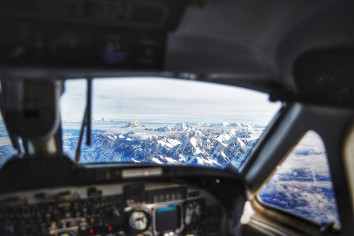
31st Dec, 2023
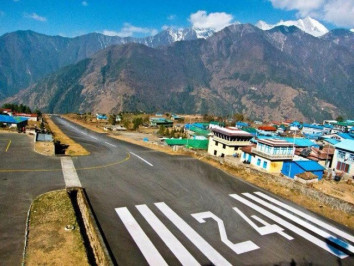
31st Dec, 2023
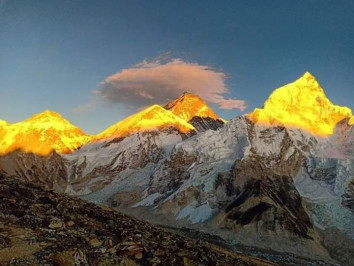
1st Jan, 2024
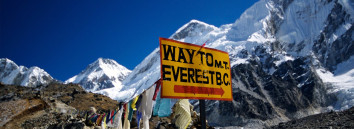
2nd Jan, 2024

2nd Jan, 2024
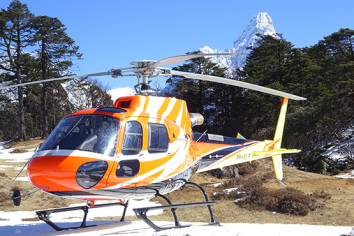
2nd Jan, 2024
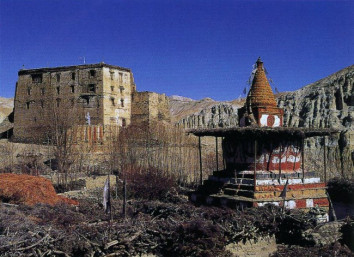
3rd Jan, 2024
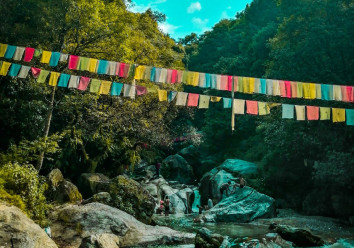
4th Jan, 2024

4th Jan, 2024
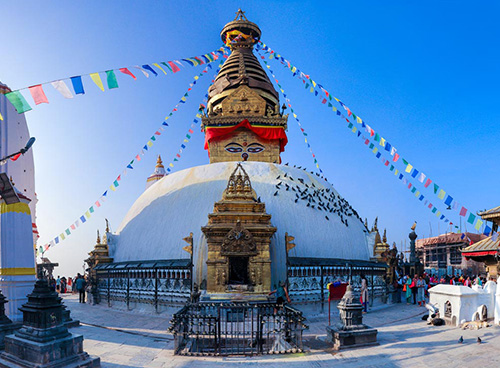
4th Jan, 2024
.jpg)
4th Jan, 2024

4th Jan, 2024

4th Jan, 2024

5th Jan, 2024
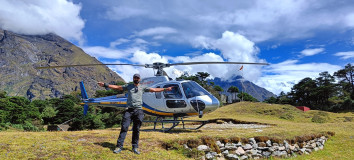
6th Jan, 2024
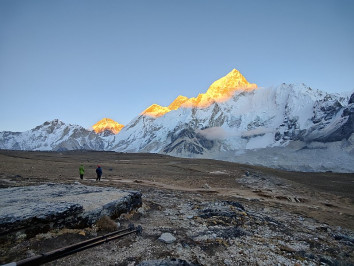
6th Jan, 2024
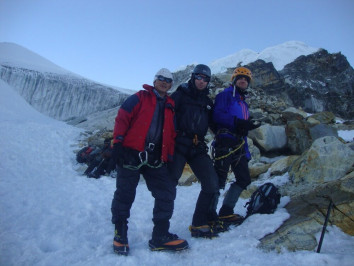
9th Jan, 2024
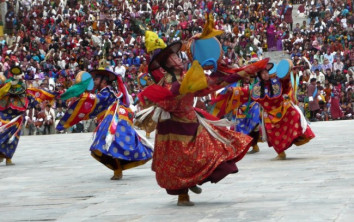
10th Jan, 2024

10th Jan, 2024

10th Jan, 2024
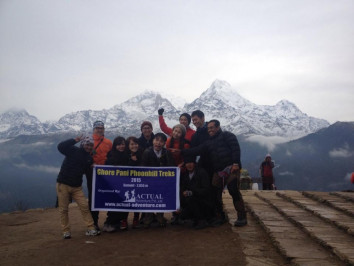
10th Jan, 2024

11th Jan, 2024
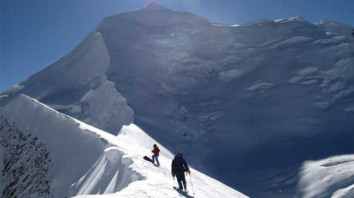
11th Jan, 2024

12th Jan, 2024

12th Jan, 2024
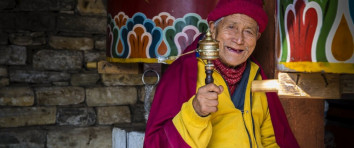
13th Jan, 2024
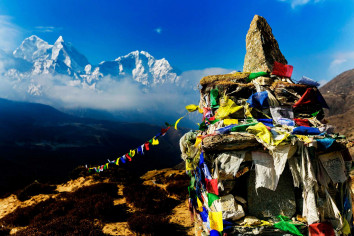
14th Jan, 2024
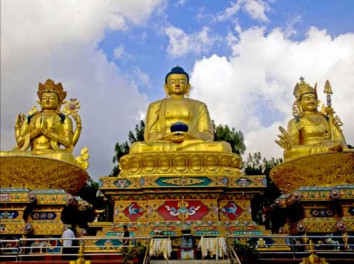
14th Jan, 2024

15th Jan, 2024
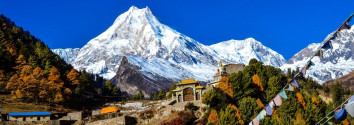
15th Jan, 2024
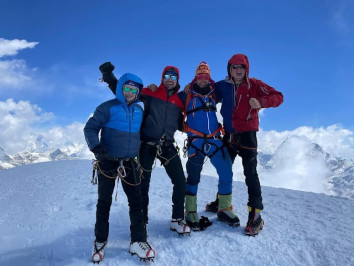
15th Jan, 2024
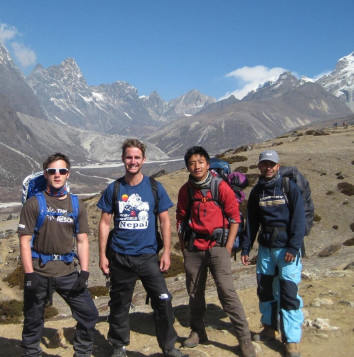
16th Jan, 2024
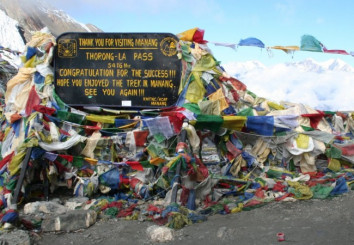
16th Jan, 2024
.jpg)
16th Jan, 2024
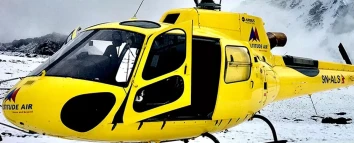
16th Jan, 2024
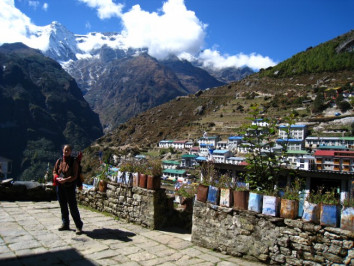
18th Jan, 2024
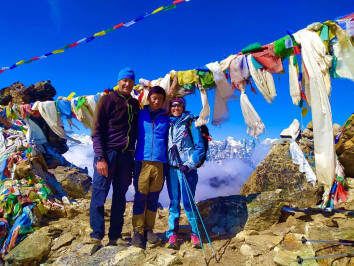
24th Jan, 2024
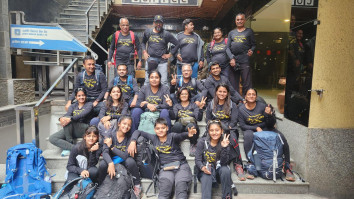
26th Jan, 2024
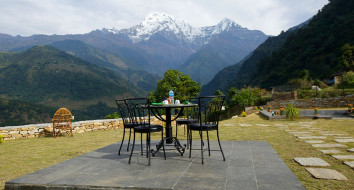
28th Jan, 2024
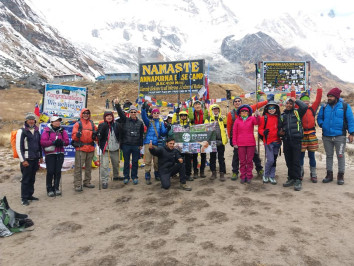
28th Jan, 2024
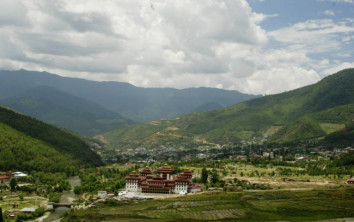
30th Jan, 2024
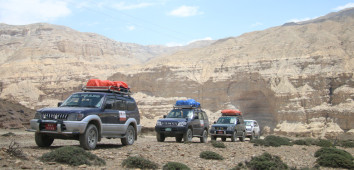
30th Jan, 2024
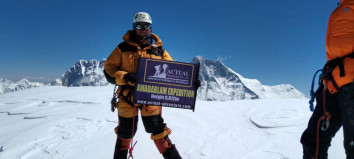
2nd Feb, 2024

2nd Feb, 2024

2nd Feb, 2024
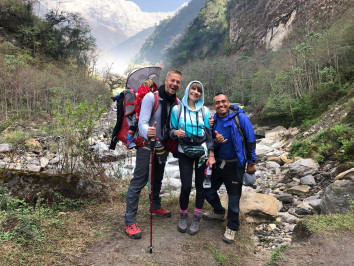
3rd Feb, 2024
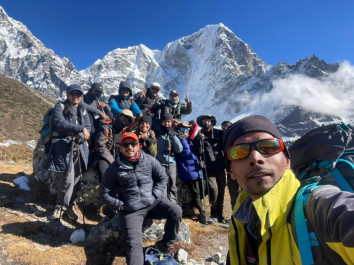
4th Feb, 2024

8th Feb, 2024
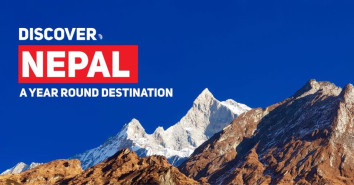
9th Feb, 2024

10th Feb, 2024
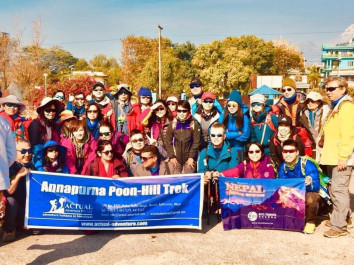
10th Feb, 2024

11th Feb, 2024

12th Feb, 2024

12th Feb, 2024
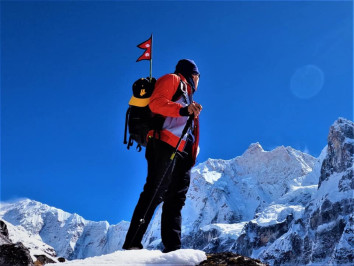
13th Feb, 2024
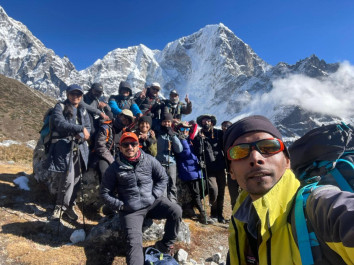
13th Feb, 2024
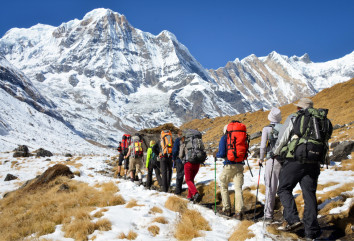
16th Feb, 2024
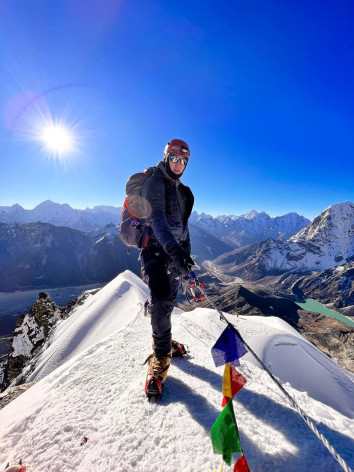
18th Feb, 2024

20th Feb, 2024
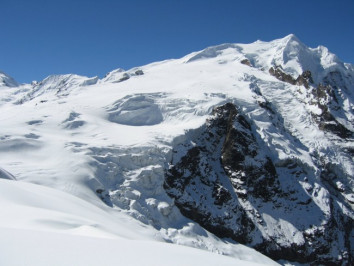
21st Feb, 2024
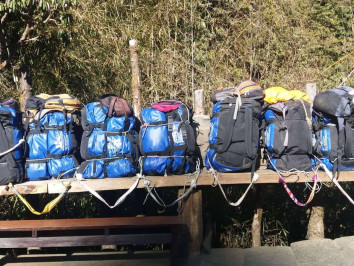
21st Feb, 2024

27th Feb, 2024
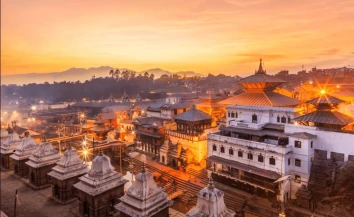
3rd Mar, 2024
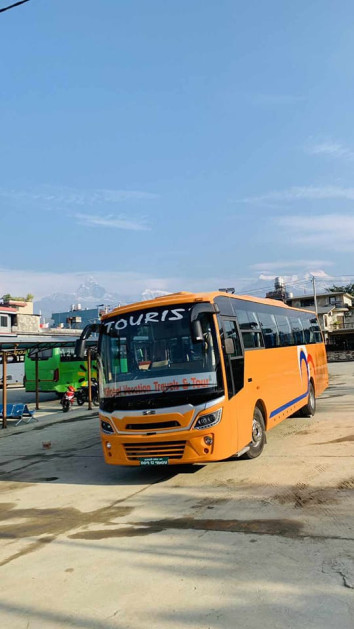
3rd Mar, 2024
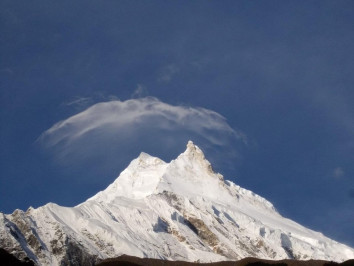
4th Mar, 2024
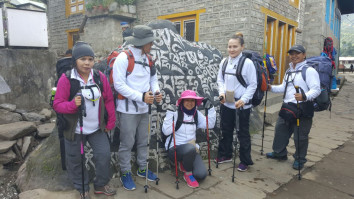
5th Mar, 2024
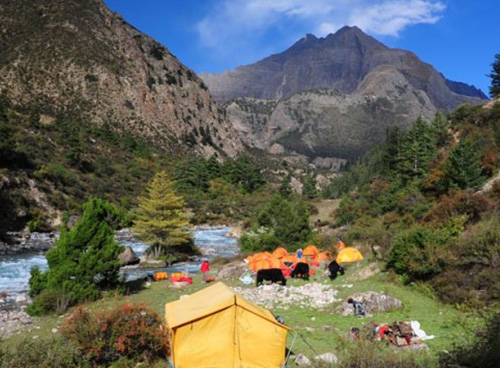
5th Mar, 2024

10th Mar, 2024

10th Mar, 2024

10th Mar, 2024
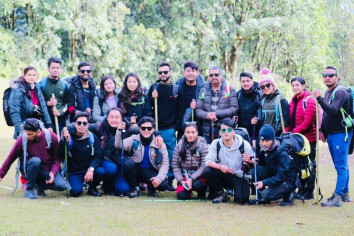
11th Mar, 2024

13th Mar, 2024

13th Mar, 2024
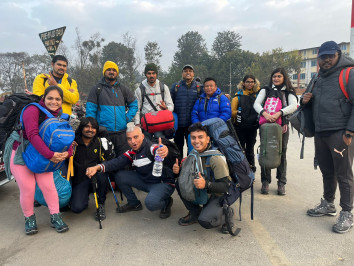
19th Mar, 2024
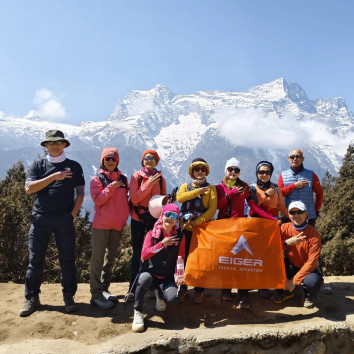
22nd Mar, 2024

26th Mar, 2024
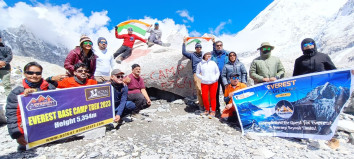
27th Mar, 2024

27th Mar, 2024
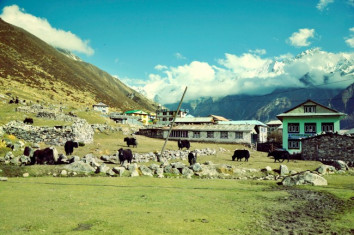
27th Mar, 2024
-1624864292-1.jpg)
28th Mar, 2024
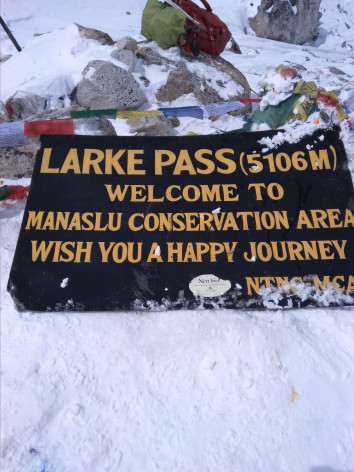
2nd Apr, 2024

2nd Apr, 2024

4th Apr, 2024
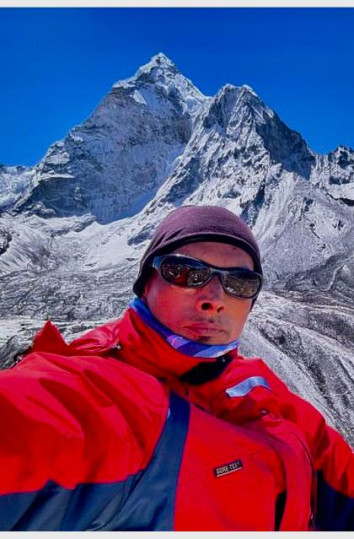
12th Apr, 2024
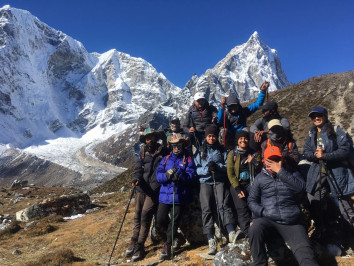



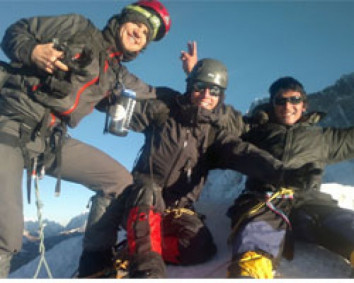
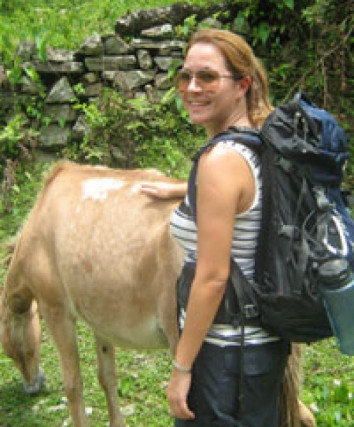
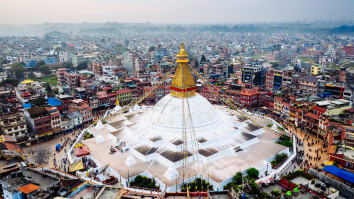


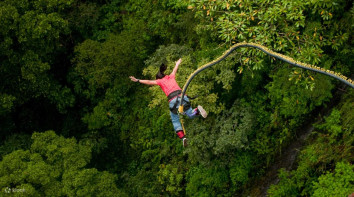
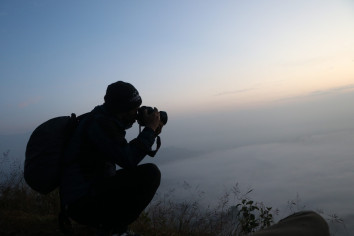
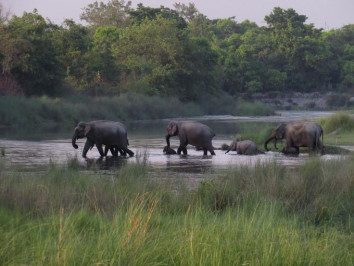
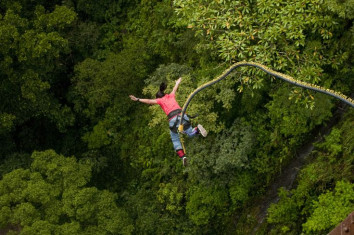
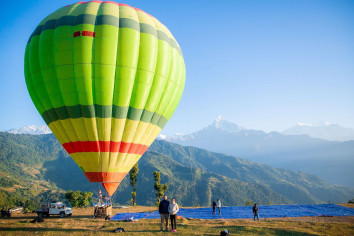


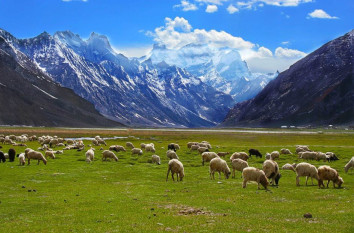



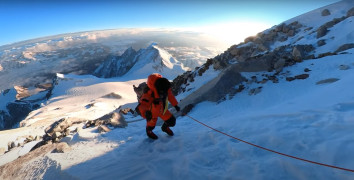
.jpg)

